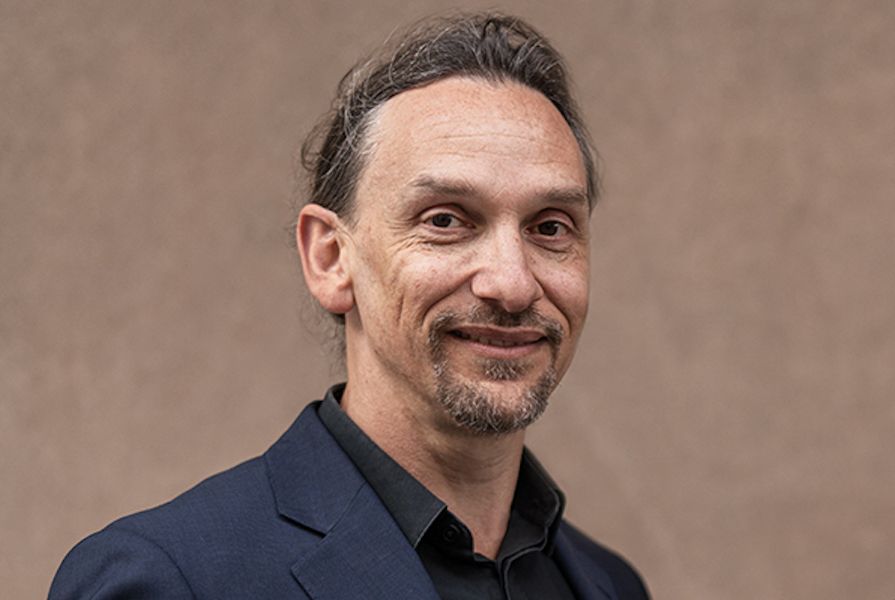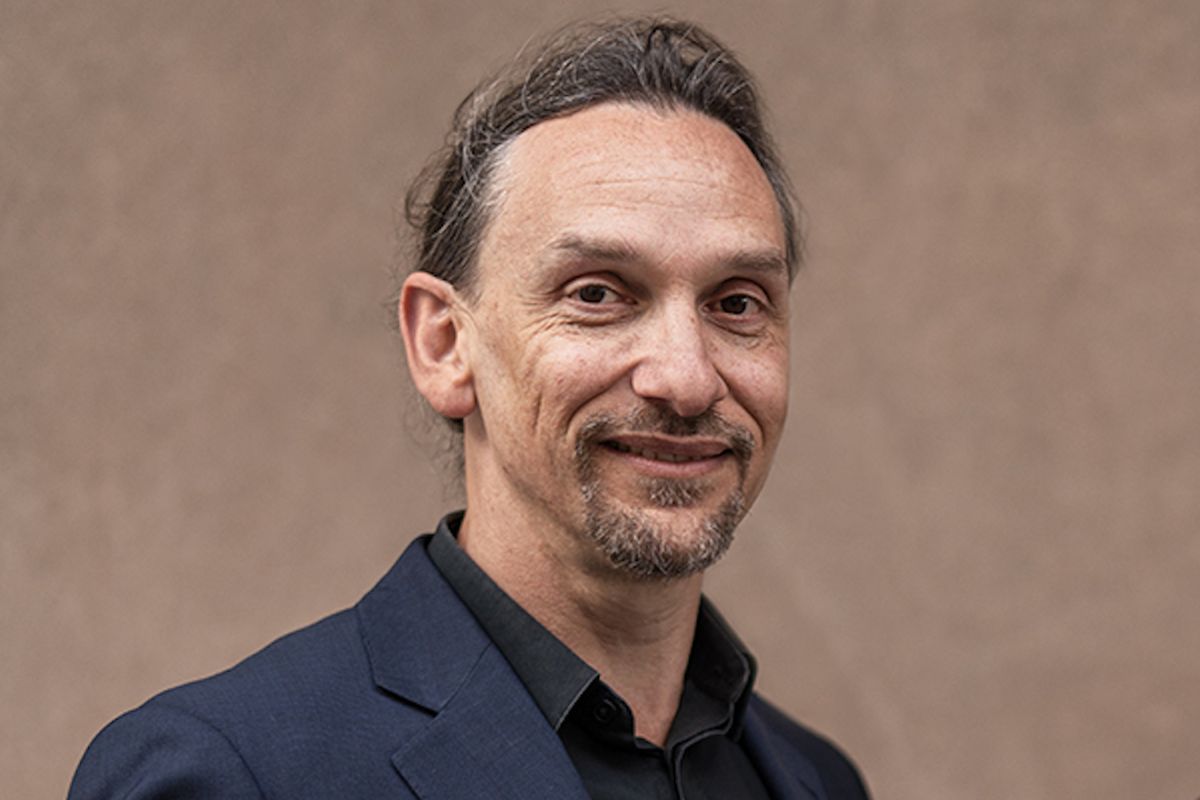There is some deep wisdom that resides among Indigenous voices and there’s an opportunity here to facilitate knowledge exchange, where essentially Indigenous knowledge systems can be explored.
I would argue that Indigenous people, in the Australian context, were the first ecologists. If we think about something as simple as the idea of only taking what you need, that is a sustainable practice. I’ll give an example which is quite illustrative of this and is really a metaphor: you don’t cut down the tree to remove the bark to make a canoe. You only remove what you need, which means the tree remains intact – you can harvest it for further material down the track and it’s therefore able to be used by other native fauna. This is a way of thinking that is essentially caring for Country. It’s a pretty time-honoured tradition that is embedded as a normal way of being as opposed to an afterthought.
In terms of some of the work that we do in contemporary practice, it is about the frugality of material selection – specifying products that have a small carbon footprint, for instance – and looking at opportunities where one can retrofit or transform existing buildings rather than demolishing them and starting again. All these things start to become the framework of how one engages in design practice and [this framework is] informed, in many respects, by the values that underpin it.
For me, that is a very useful way to frame our contribution in this space as design practitioners and architects. In particular, we have a certain social contract with the communities that we engage with. It comes with certain responsibilities and obligations. One of them is to not do harm and to leave things better than [when] we started. That is very much attuned to an ecological practice and being mindful of our impact.
Ultimately, we have to understand that we have impact. That’s not to say that Indigenous people haven’t groomed the landscape or manipulated the environment to satisfy and meet human occupation, but it’s how one does it [that matters], and the extent of the impact. The architecture practices that are doing this well are the ones that are taking a holistic approach and looking at it in a systemic way rather than just looking at it in isolation.
If you speak to Indigenous people and understand some of the ways of knowing and being, [there is an] understanding that everything is interconnected. You can’t take out an understanding of one part of the world without it having an impact [on another]. Everything – from the land to the waters and how we intersect and interact with them – is connected.
Engaging with Traditional Custodians, knowing the Country that you’re located on and seeking inputs and insights about how one might engage with a given project, can broaden a frame of reference and [help us] move beyond the standard default positions and contributions.
Read more interviews and articles from the climate and biodiversity emergency series.
















